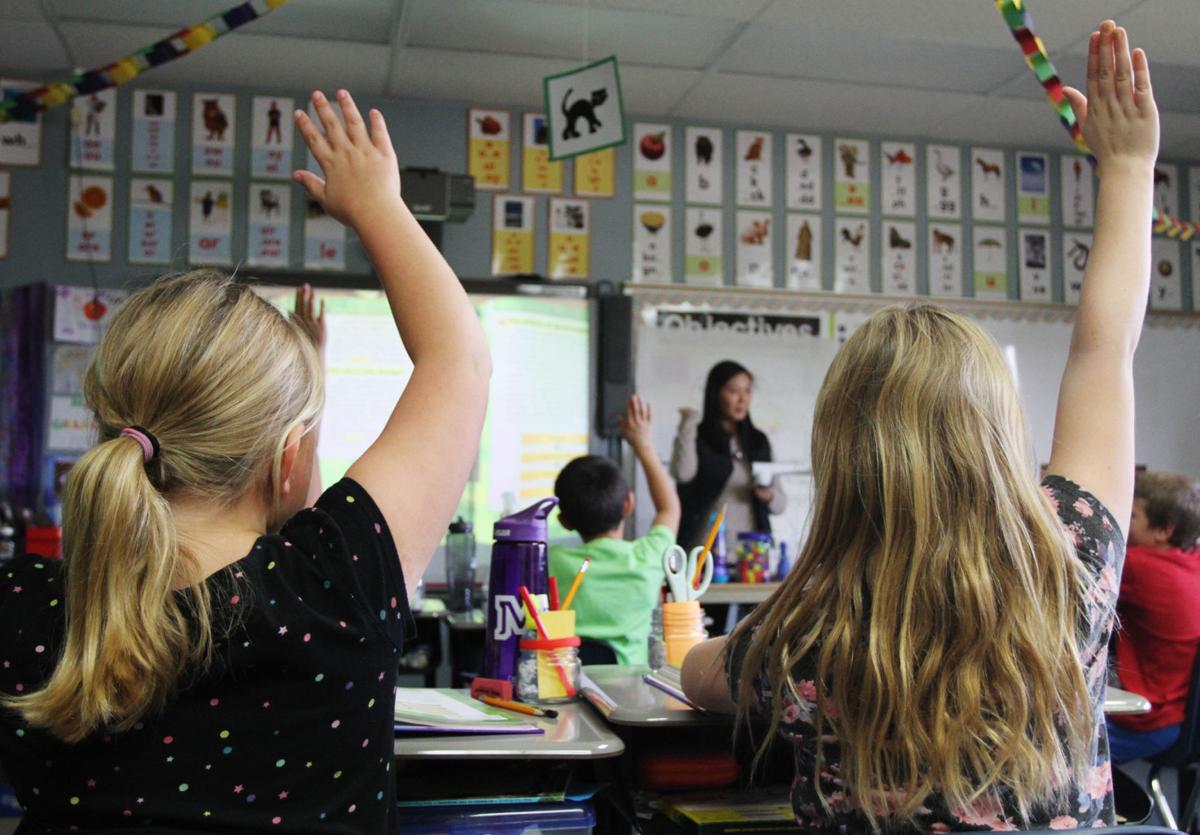TUSD is working to strengthen its dual language programs after an audit found significant weaknesses that could prevent it from achieving the goal of producing students proficient in two languages.
There are low expectations for students to achieve high levels of proficiency in Spanish because of pressure to perform well on assessments that are administered only in English, says the audit conducted by Rosa G. Molina, executive director of the Association of Two-Way & Dual Language Education.
The audit, conducted in March, examined three issues: the status of the current dual language programs in TUSD, how the programs are organized at each site to ensure success in both languages, and whether other TUSD schools are positioned to offer dual language programming. The results were released in May.
Molina said she was unable to conduct a comprehensive review of student performance data to analyze the progress of students in both languages on a site-by-site basis because there was a limited amount of time to conduct the review, which included classroom visits and meetings with the district’s language acquisition department. However, Molina said she plans to examine data in the next few months and will work with TUSD to outline clear and viable goals.
The short visits, however, raised red flags for Molina about teachers’ ability to measure their students’ progress toward becoming bilingual and biliterate.
While students are tested in Spanish, the state-required assessment administered to kindergartners and first-graders is in English, said Mark Alvarez, TUSD’s language acquisition director.
The pressure for students to do well on the state mandated test has resulted in teachers deviating from the Spanish instruction when students are struggling to grasp concepts, something that was evident to Molina.
“The walk through of (dual language) classrooms showed significant weaknesses at the intermediate and middle school levels,” she said. “It appeared that both the teacher practices and the students’ use of language had been significantly compromised by the lack of fidelity to the program model, pressure to perform in English and very low expectations for students to achieve high levels of Spanish proficiencies in reading, writing and oracy.”
That hyperfocus on students’ progress in English rather than their progress in both languages may compromise students’ ability to realize the goals of being bilingual and biliterate, she added.
With Molina’s help, TUSD is looking to identify a Spanish-language assessment that would meet the state’s requirements, Alvarez said.
The district also intends to ramp up training for dual language teachers that will help them to stay true to the program’s methodologies with the understanding that children will pick up the concepts.
Part of the reason teachers have struggled to effectively implement the dual language model is because of who can enroll in the program as prescribed by state law, Alvarez said.
Only students who are already proficient in English can participate in dual language programs, state law says. Native Spanish speakers have to be placed in English-only classrooms until they acquire proficiency, which can take years.
However, immersion programs require linguistically balanced classrooms, where two language groups learn by serving as language models for each other, according to Molina.
“It all goes back to the fact that there are so many English-speaking students in the class,” Alvarez said of the district’s struggles. “So instead of staying true to the target language, because the students lack proficiency in Spanish, teachers were supporting students more in English.”
While Molina recognizes that state law severely restricts the development of viable dual language programs, one option for TUSD is to seek an exemption from the state. The district plans to do that, Alvarez said.
In addition to allowing native Spanish speakers to participate in the dual language program, Molina urged the district to consider developing enrollment policies that promote entry for English-speaking students in kindergarten and the first semester of first grade only. After that time frame, most English-speaking students are unable to keep up with their peers linguistically and academically, creating a struggle for both the student and teacher, according to Molina’s recommendation.
TUSD teachers reported having to dramatically alter their programs to accommodate students who enter after first grade. That’s often detrimental to other students, Molina said.
While Alvarez understands the logic of strict enrollment policies, he believes the district needs to work to expand the program before adopting a practice that could be considered exclusionary.
One of Molina’s recommendations, however, is already being put into practice as the district implements the dual language program at Bloom Elementary, 8310 E. Pima St., for the first time in the fall.
The east side, B-rated school will feature two dual language kindergarten classrooms. In her report, Molina noted that most, if not all, of TUSD’s dual language programs designate only one classroom per grade level. Two classes allows for teachers to work together to plan instruction and sync practices, Molina said.
Despite the concerns raised by Molina about the district’s dual language programming, she expressed that she is impressed by efforts to expand offerings.
“TUSD has all the elements necessary to implement exemplary (dual language) programs throughout the district but needs to refocus its efforts to ensure fidelity to the model,” she said.
“TUSD understands the importance of establishing a strong academic program option that will prepare students to contribute to full participation in their communities and participate in 21st-century global citizenship and leadership.”





